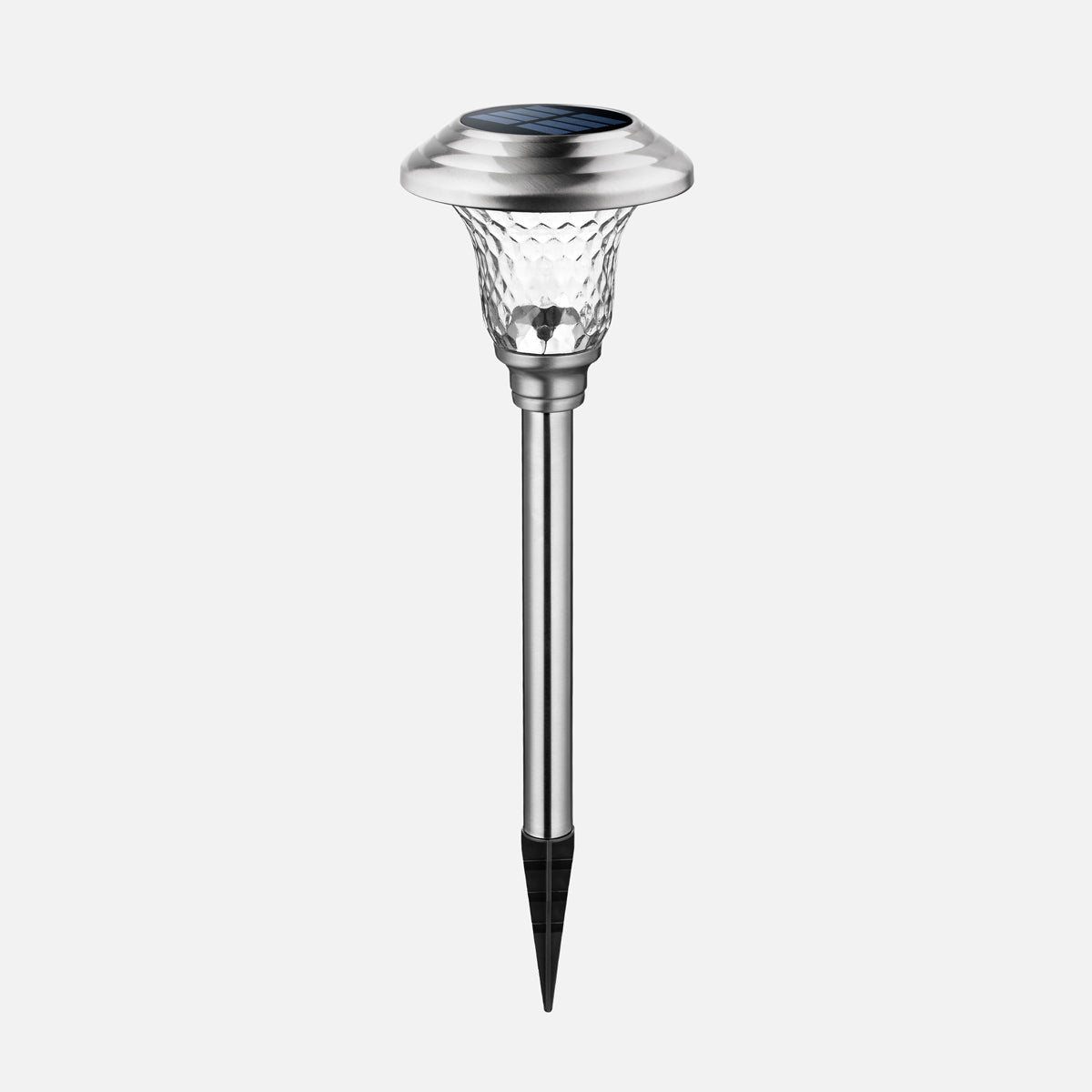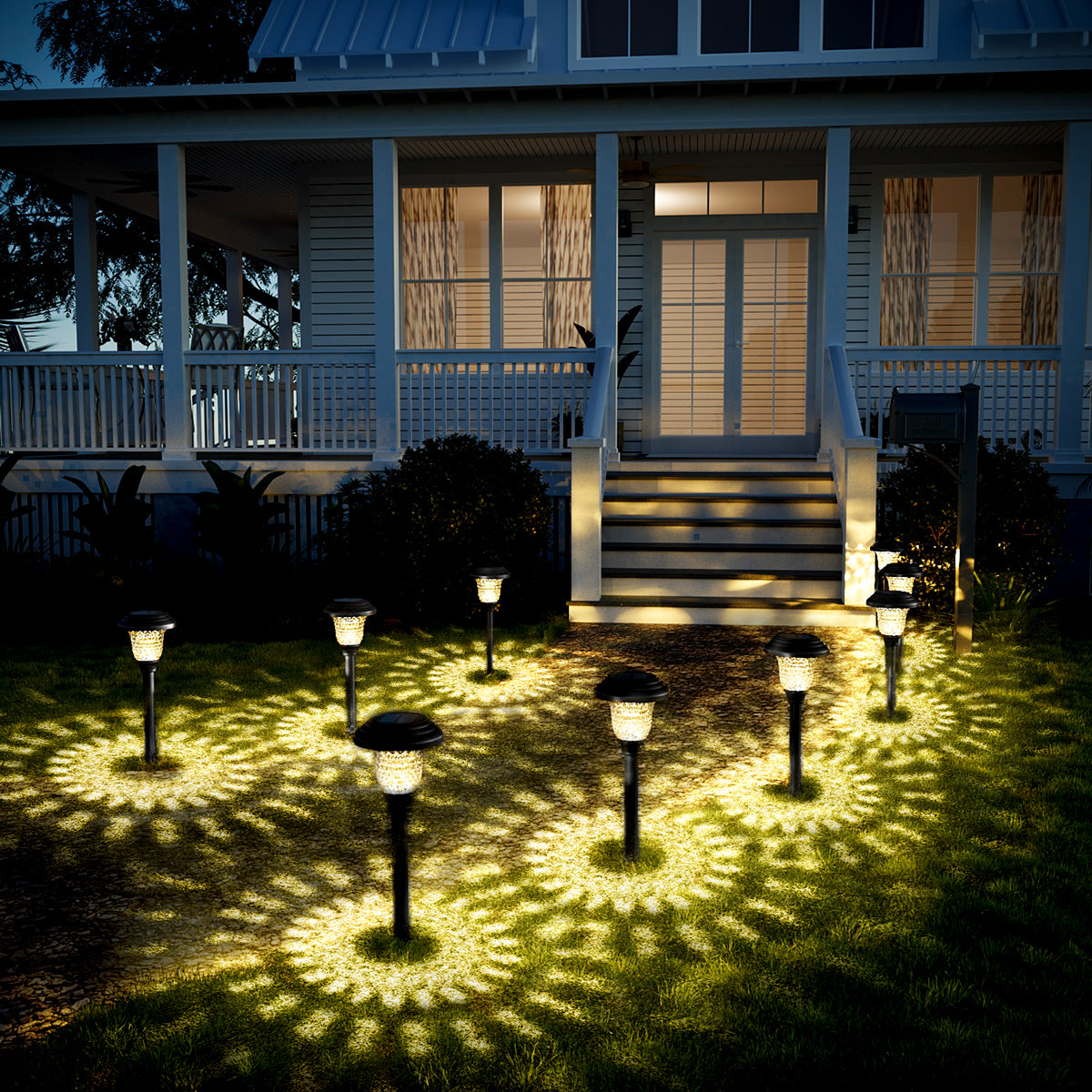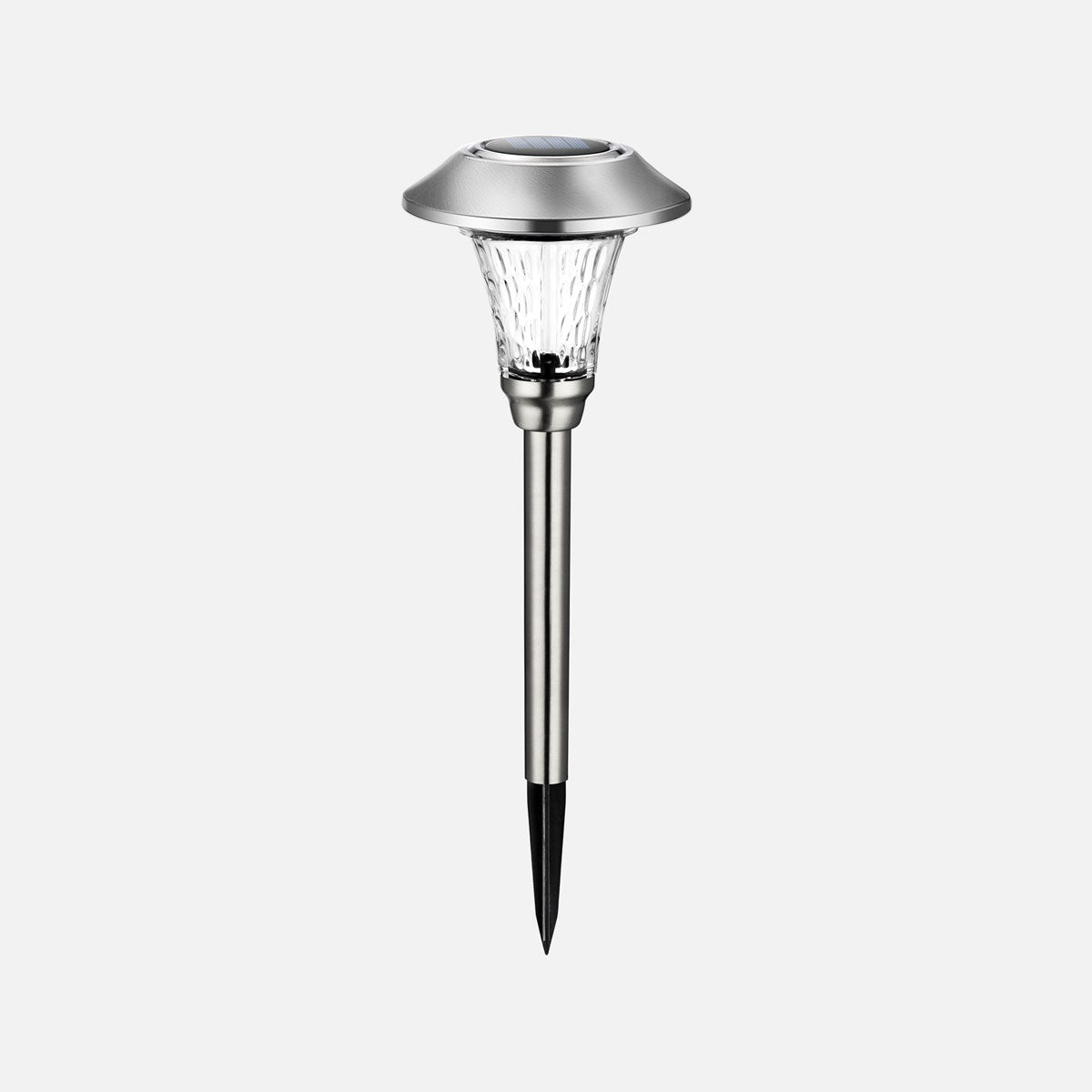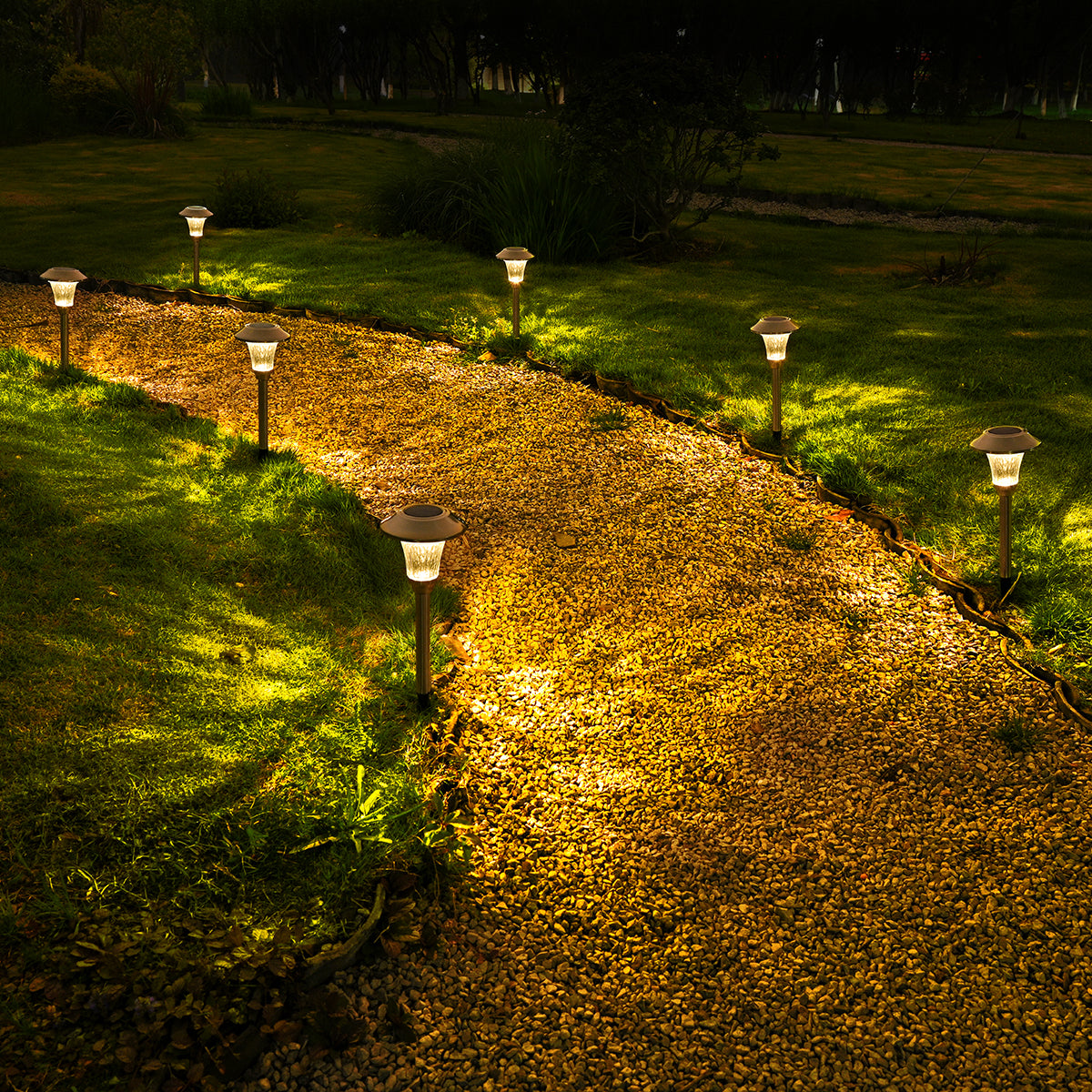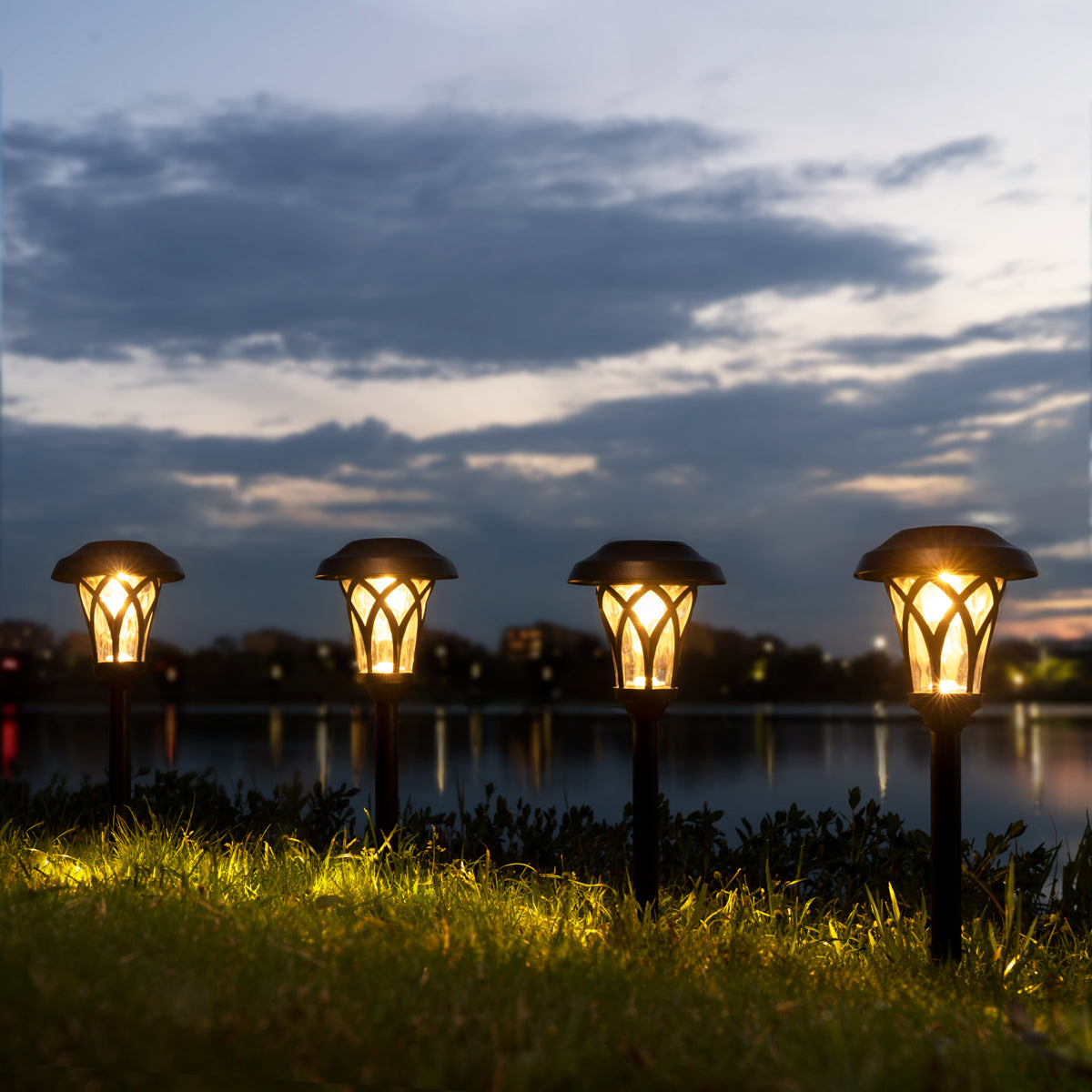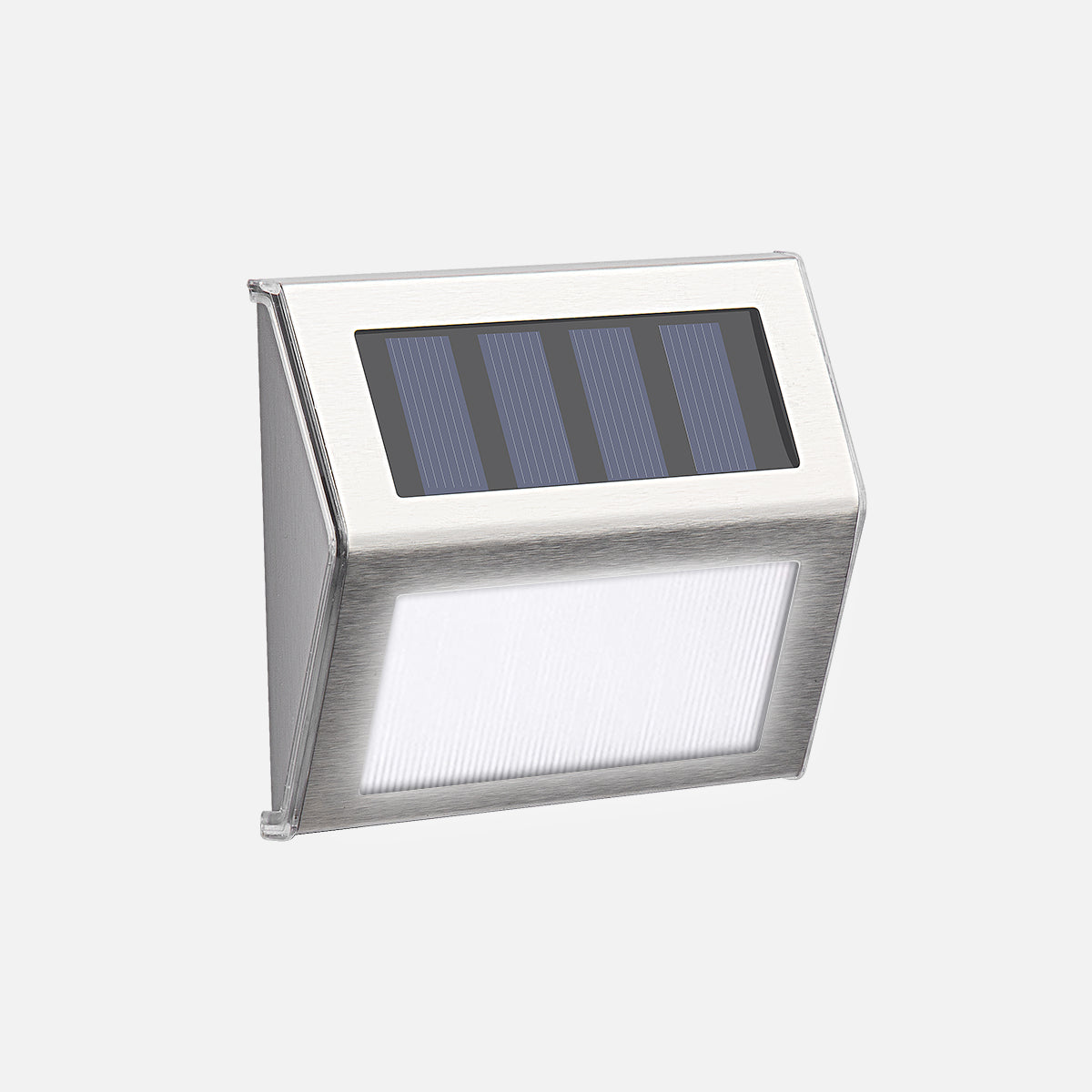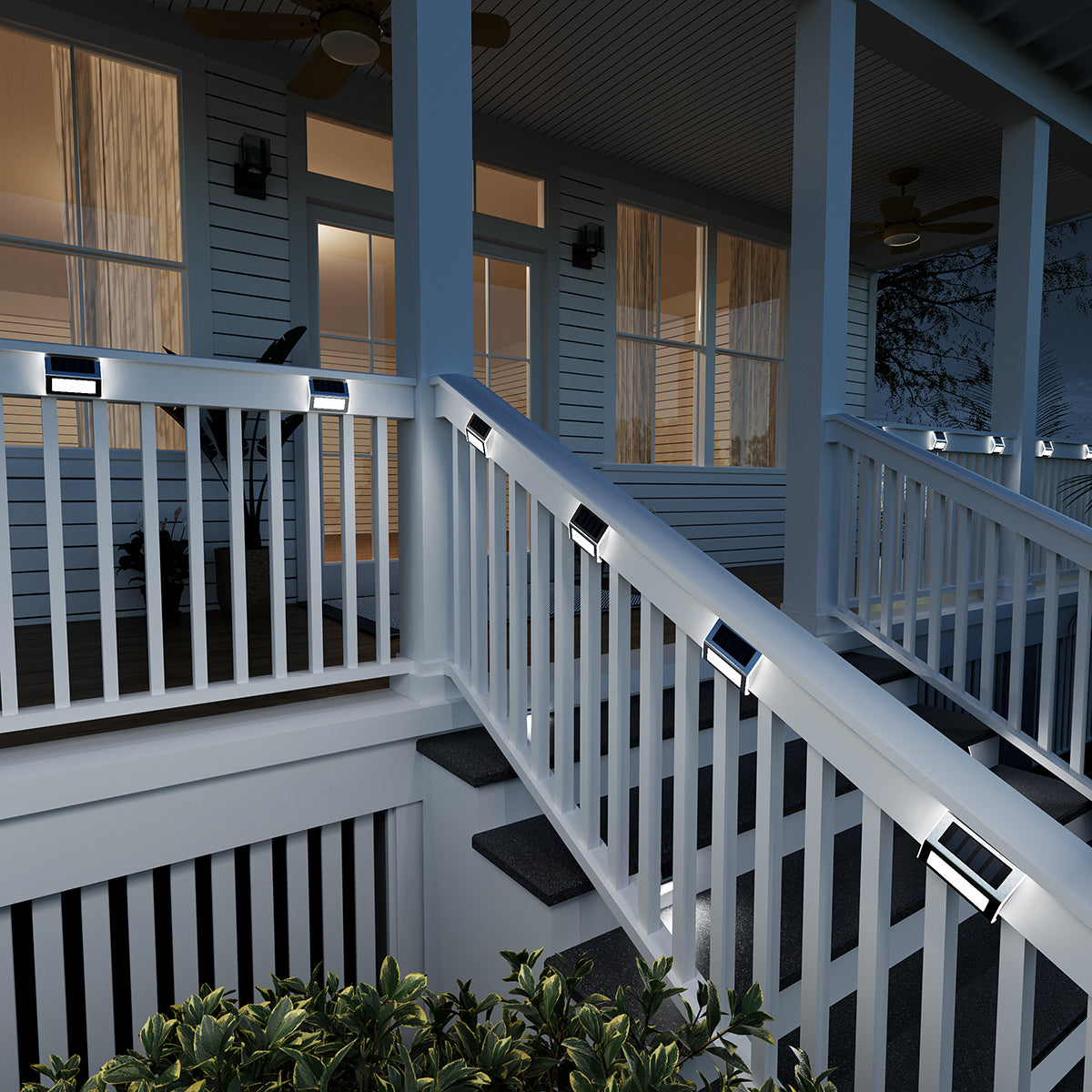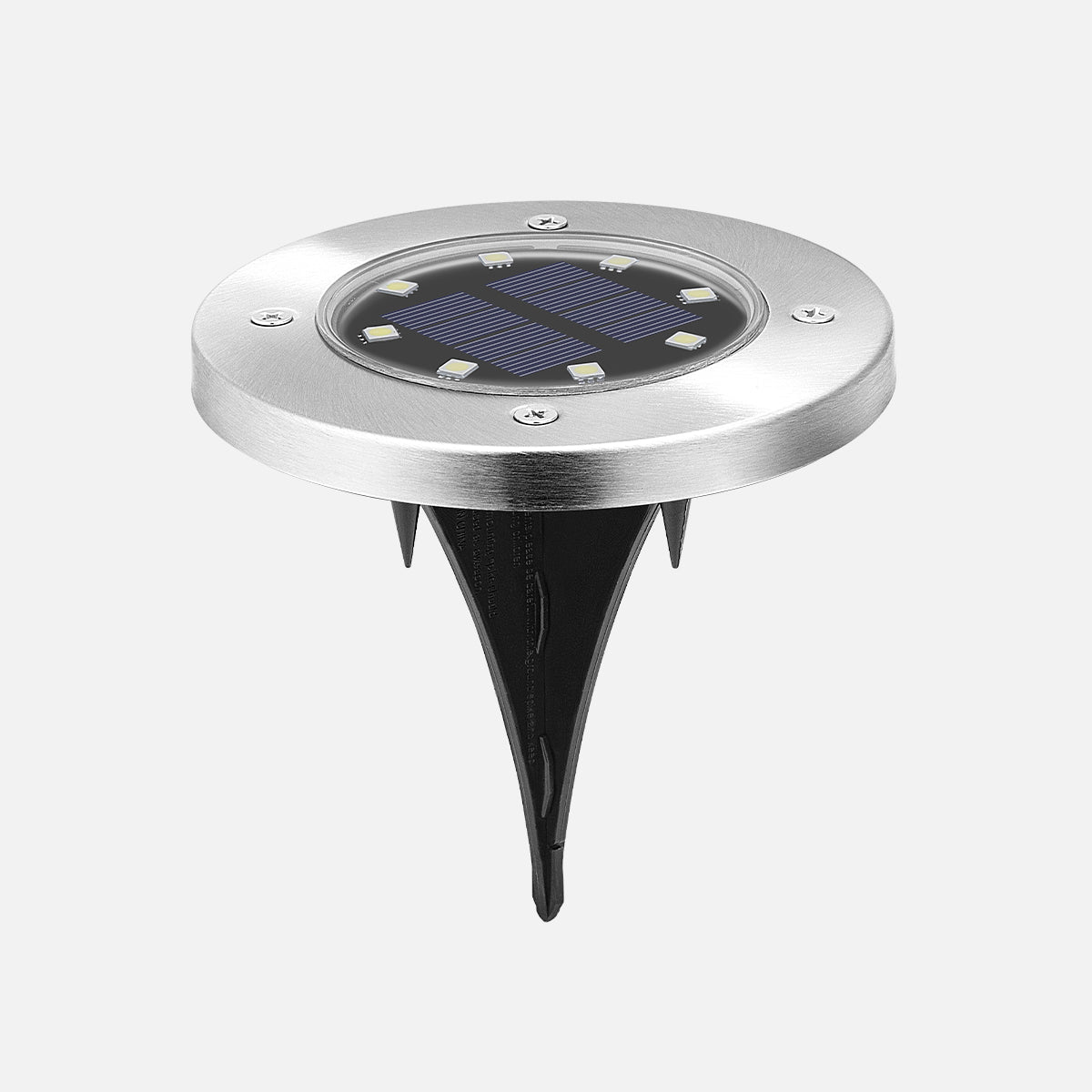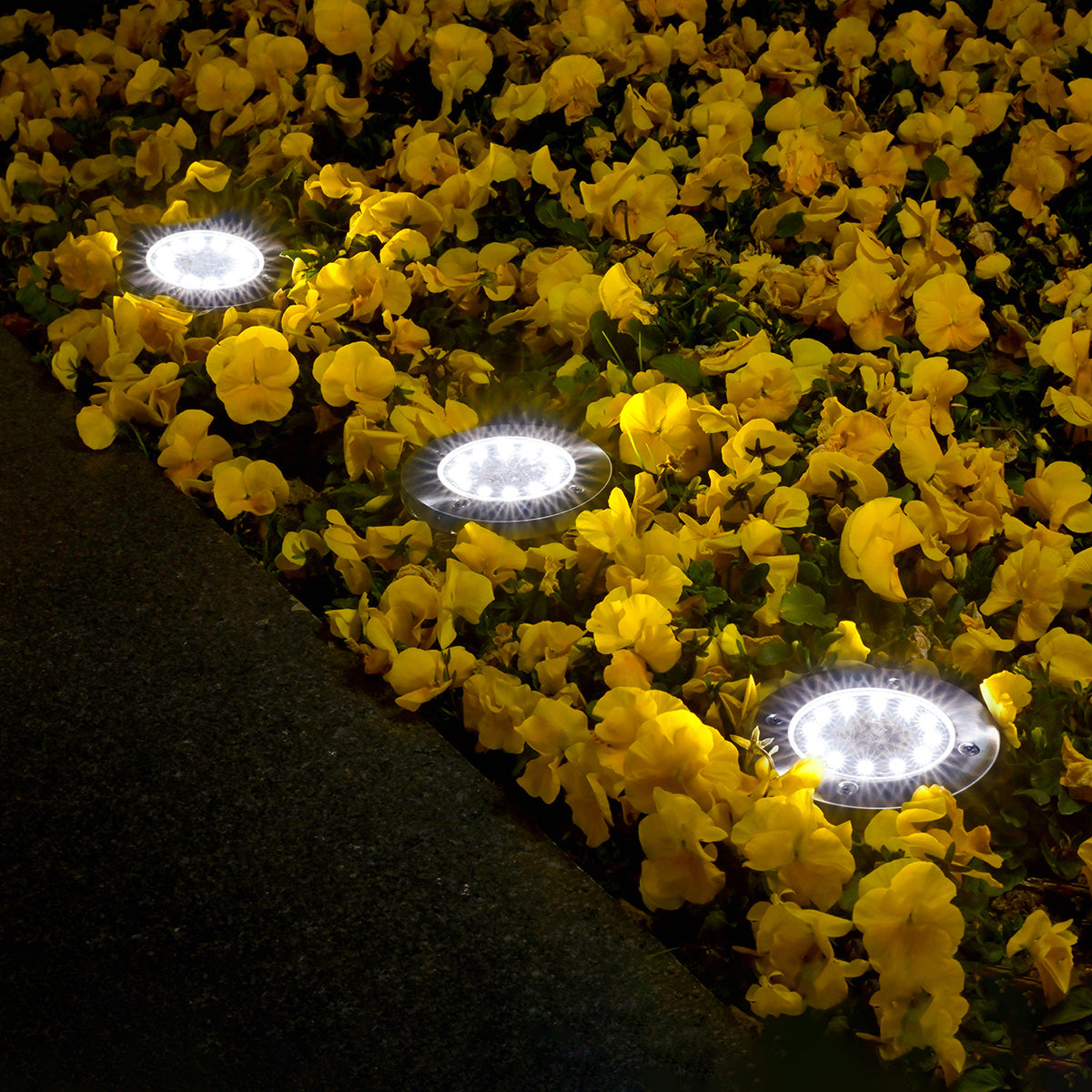
7 FAQ About Solar Lights Charging - The Most Complete Answer

If you found this article, then it is because you are looking for information about charging solar lights. It is always good to learn new ways in which you can charge your solar lights. All the knowledge and technology have evolved so much that it has become easier to not only charge solar lights but use them efficiently. Solar lights are becoming increasingly popular, but not everyone is aware of the different ways you can charge your solar lights.
Here is everything you need to know about charging your solar light.
Let’s dive into this.
1. Do solar lights need the sun or just light?
Solar panels need just light, not necessarily from the sun only; however, sunlight is the most efficient source to charge solar lights. Theoretically, you can use any light, such as fluorescent light, incandescent light, LED light, and streetlight, to charge solar light. But these secondary lights are not as efficient and powerful as sunlight to charge products such as garden solar lights, solar deck rail lights, and color-changing lights. Optimally, sunlight will be the main source of charging, and other light sources can be good supplements.
2. Will solar lights work indoors?
Yes. Solar light works on the basic principle of the photovoltaic effect. It absorbs solar energy, stores it in batteries, and uses it to power light when it is dark. Hence, solar light works as long as it receives enough light from the sun to spark photovoltaic effect through windows or skylights. This means you can use solar lights indoors as well to add aesthetics to your surroundings without worrying about your electricity bill.
3. Will solar lights charge in the shade?

Although solar lights are designed to work in sunny areas, it also works when they are under shade because in such a situation, it receives sun rays but not as many rays as when it is directly under the sun. Hence, when you place your solar pathways light, landscape light, solar garden light, and solar deck light under the shade, they function but not at their full capacity. Therefore, it is highly recommended to charge solar lights by keeping them under the sunlight directly.
4. Do solar lights charge through glass?
The simple answer is Yes. One of the best positions to place solar light in your house is next to the windows or under the patio as light can pass through glass directly, and solar light can absorb solar light fully. The greater the amount of light it receives, the better the solar light can perform.
5. Will solar lights charge on a cloudy day?
The answer is – yes! Even during cloudy days, solar irradiance diffuses through a cloud and reaches the earth. These irradiances excite electrons in the outer shell of semiconductors which then flow through cells to produce electricity. This means you can still charge solar lights even on cloudy days; however, its efficiency depends on many factors like the material it used and the wather conditions. Therefore, it may not be as efficient as sunny days.
6. Can solar lights work in winter?
Solar lights work perfectly fine during winter days. Usually, Gigalumi solar lights require 6-8 hours to charge fully, and during winter, if it gets sufficient daylight, then they work as efficiently as normal. However, the optimal temperature for charging solar lights is 25℃. Both too high and too low temperatures will affect battery performance. If the temperature is too high, it will trigger the battery's overheating protection and stop charging. It should be noted that the charging efficiency will be greatly reduced in snowy days as solar irradiance will be rather weak in such weather conditions. Consequently, it is not recommended to use solar lights during extreme weathers. If you are living in areas where winter is cold and long, then go for solar landscape light that works during winter efficiently.
7. Will solar lights work in the conservatory?

It is a common misconception that solar lights need to be directly under the sun to function; however, this is not true. Solar lights require light to initiate the photovoltaic effect, and if there are other sources that can carry out a photovoltaic effect, then solar light works in such a situation. Usually, conservatories are mainly transparent, sun rays can pass through glass easily. Hence, you can also charge your solar lights in the conservatory as well.
In summary, solar light works as long as it receives enough energy to carry out a photovoltaic effect. Even they work in shady areas, on cloudy days, in winter, and indoors; however, the efficiency won’t be the same. Solar lights work at maximum capacity when it is directly under the sun. Moreover, keep the solar panel slightly tilted to increase the area and length of light. This is because the sun only shines parallel to the ground at noon.
As the world is moving toward clean and green energy, it is the right time to go green and install solar lights in your home to enhance its beauty and add some extra light without worrying about electricity bills. You can find high-quality solar pathway lights, landscape lighting, garden decoration lights, solar deck rail lights, and color-changing lights from Gigalumi—One stop solution for all kinds of solar lights.




